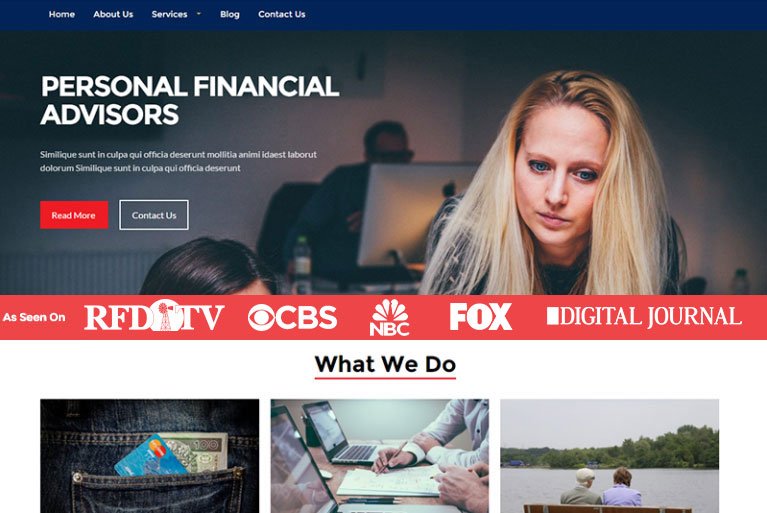Using As Seen On with Media Logos On Your Website! Is it Legal?
Especially for a new startup or a relatively unknown company trying to win market share away from a more established company, the ability to showcase media logos on your website can be a big win. It might help to influence a purchase decision, or it might convince someone to click through to other pages on your site. But is this common practice of placing media logos on your website really legal?
The answer, unequivocally, is “YES.” However, there are a number of key factors to take into consideration before you use another company’s logo. That’s because logos are a form of business trademark that is protected by intellectual property law. Use the logos incorrectly, and you could be guilty of trademark infringement.
The basic ground rule, then, is the following: if you’re not confusing people, then you’re not infringing. If in doubt, make sure to check out the websites of the media companies – they usually have a section explaining exactly how and where their trademarks can be used.
So here are three factors to keep in mind before using media logos:
1). Placement – In general, it’s quite a common practice to place the logos below the Homepage Banner, like shown below.

You can also place it on a separate part of your website entirely, such as an “In the News” section or, even better, a “Media Mentions” section. This makes it very clear that the logos have nothing to do with any financial or business relationship between your company and the media company. As a general rule of thumb, you do not want to place media logos anywhere near the appearance of your company’s name.
Besides, if you are an expert, entrepreneur, author, artist or professional from any other field who has been mentioned or quoted in the media, you can use “As Seen In” with your picture like illustrated below.

2). Size – The size of any media logo should be smaller than your own corporate logo or graphics. The important concept here is proportionality. For example, if your logo is 2 centimeters high, the logo of any media company should not also be 2 centimeters high. As a general rule of thumb, it’s best to shrink down the logos of any media company so that they do not draw an overwhelming amount of attention to them. To help you out, most large media companies provide graphical assets that you can insert on your website.
3). Context – It needs to be clear that these media bands are not supporting you, sponsoring you, or otherwise influencing the strategy of your business. For that reason, it’s best to include some kind of text description – such as “As Seen In” or “As Mentioned By” – in any section of your website with these media logos. To be even safer, it’s best to use some way of showing that these logos are not being used to endorse you. (Most companies, for example, actually “GRAY OUT” the logos so that they are recognizable, but not overly visible.)
When using media logos, it’s best to use common sense. Trademarks are used to protect a customer. The goal is to prevent any kind of confusion. As a result, to avoid any kind of legal issues related to trademark infringement, it’s best to add them to your website in a way that won’t confuse, deceive or manipulate customers. For example, placing media logos in the “About Us” section of a website might be seen by some lawyers as trying to confuse or deceive.
Getting mentioned by a big media company like Forbes, HuffPost, TechCrunch, CNN, MSNBC, Fox, CBS, ABC, NBC, etc could be huge for your business, so don’t spoil any positive benefits by misusing the logos of these companies. Remember – logos are a form of intellectual property, so you have to Follow the Rules when using them.
Disclaimer: The information contained in this site is provided for general information purposes only to help you learn more about these services. The information presented is not legal advice, is not to be acted on as such, may not be current and is subject to change without notice.

